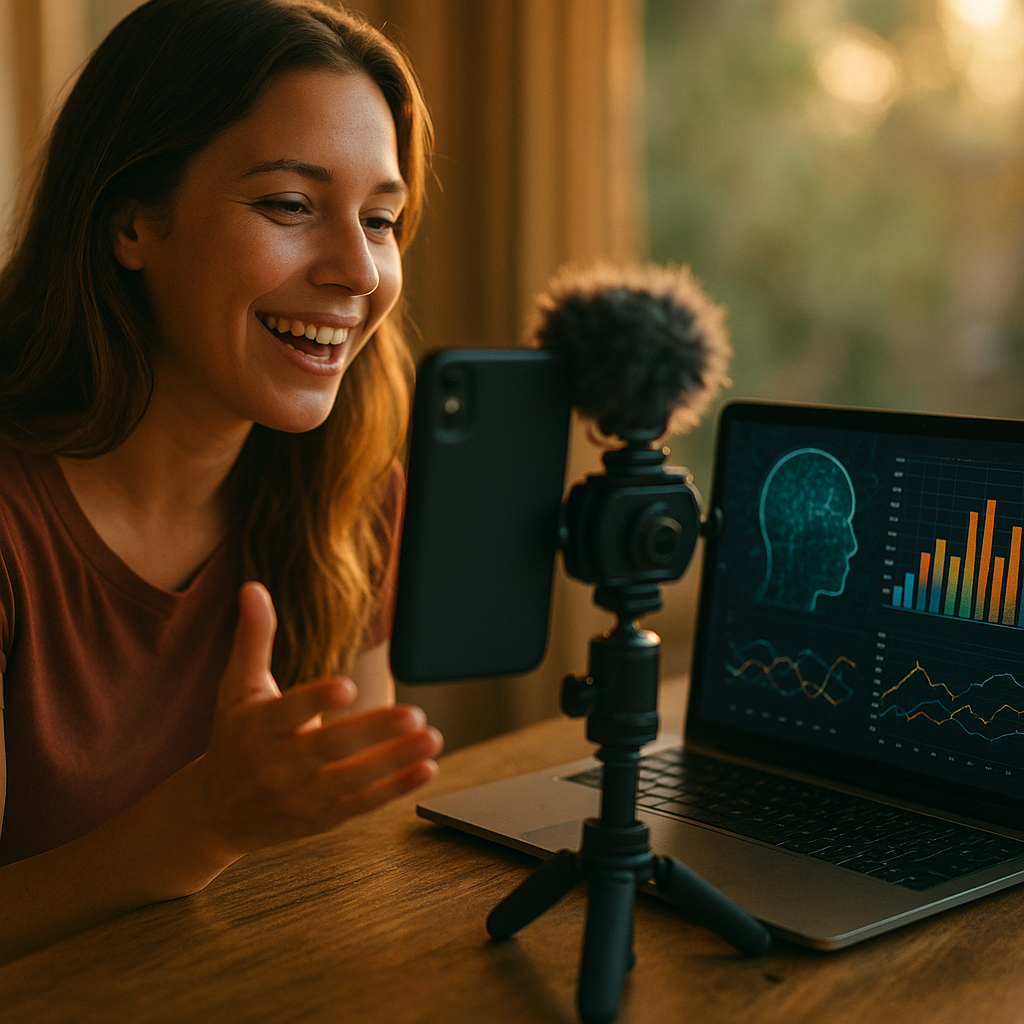AI-powered media mix modeling is redefining how brands integrate influencer marketing with other digital channels. By harnessing artificial intelligence, marketers unveil actionable insights to optimize cross-channel campaigns and drive measurable ROI. Understanding how AI can pull influencer marketing into your larger strategy is a must for future-focused brands—discover how to turn this integration into your competitive edge.
How AI-Powered Media Mix Modeling Works: The Foundation for Channel Integration
At its core, AI-powered media mix modeling (MMM) leverages advanced machine learning algorithms to analyze vast datasets from multiple marketing channels. Unlike traditional methods, AI MMM processes both structured and unstructured data—spanning social media impressions, influencer engagement, search metrics, and offline touchpoints—giving marketers a holistic view of what truly drives conversions.
This unified approach isolates the impact of each channel and touchpoint, quantifying how influencer marketing supports or synergizes with platforms like paid search, email, or TV. By continuously ingesting new data, AI MMM dynamically updates these insights, revealing shifts in consumer behavior and channel performance in real-time. Modern brands use this intelligence to optimize their entire marketing mix, fine-tuning budgets and creative strategies for maximum effectiveness.
The Role of Influencer Marketing in AI-Driven Channel Attribution
Influencer marketing introduces unique complexities to multi-channel analysis—its impact is often indirect and can ripple across the funnel. AI-driven models address this by examining influencer-involved touchpoints in relation to other digital and offline channels. For example, an influencer’s product mention may drive not only direct sales but also increased search queries and web traffic.
Machine learning excels at tracing these nuanced consumer journeys, tying social influencer actions to downstream results like leads, conversions, or brand lift. AI MMM quantifies the value of an influencer’s contribution, distinguishing genuine influence from paid reach or organic content. This real, attributable insight arms marketers to assign appropriate credit, proving influencer marketing’s true impact amidst competing channels.
Optimizing Cross-Channel Strategies with AI Media Mix Insights
AI-powered insights do more than evaluate individual channels; they unlock scaled optimization. With real-time data, brands now:
- Identify which influencer collaborations drive incremental results across all paid and owned channels
- Uncover the optimal budget split between influencer marketing, paid social, search ads, display, and more
- Test and adapt creative messaging for maximum cross-channel resonance
- Pinpoint best-performing influencers and content formats for each consumer segment
For example, AI may reveal that micro-influencer partnerships fuel stronger conversion lift when paired with highly-targeted retargeting ads. Or, it could uncover that certain content types excel on influencer feeds but have a compounding effect only when supported by native advertising elsewhere. This empirical, data-guided approach drives higher ROI than instinct or historical precedent alone.
Data Quality, Privacy, and Challenges When Integrating Influencer Marketing
Achieving precise AI-powered attribution depends heavily on data quality and ethical data collection. Influencer campaigns can generate diverse datasets—ranging from raw engagement numbers to qualitative sentiment analysis. Merging these with data from paid ads, CRM, and offline sales systems presents integration and normalization challenges.
To align with EEAT and privacy best practices in 2025, brands should:
- Ensure influencer data is legally acquired, transparently disclosed, and fully anonymized
- Establish secure pipelines between social platforms, analytics partners, and internal databases
- Set regular data audits to eliminate inconsistencies and bias in model training
- Educate teams on AI explainability to avoid opaque “black box” decisions
Leading organizations partner with credible analytics providers and demand transparency in AI methodologies. This approach instills confidence among stakeholders and mitigates regulatory or reputational risk as privacy expectations rise.
Real-World Outcomes and Future Trends for AI-Powered Channel Integration
Recent studies show brands using advanced AI-powered media mix modeling report up to 30% higher efficiency in their marketing spend allocation. By integrating influencer marketing data, several global consumer brands have doubled their attribution accuracy, avoiding both over- and under-investment in creators and traditional channels alike.
Emerging trends for 2025 include:
- Deeper integration of video and audio influencer metrics alongside e-commerce signals
- Real-time MMM dashboards that empower marketers to quickly reallocate budgets
- Automated suggestions for new influencer partnerships based on projected ROI
- Hyper-personalization—feeding media mix insights directly into dynamic ad and content experiences
The competition is no longer just about discovering effective influencers, but about orchestrating a unified campaign that adapts instantly to consumer signals and market shifts—powered by AI’s relentless processing and predictive capabilities.
Conclusion: Transforming Influence Into Measurable, Scalable ROI
AI-powered media mix modeling gives brands the clarity to integrate influencer marketing seamlessly with other channels, driving measurable and scalable outcomes. Marketers who embrace AI’s attribution and optimization will convert influence into true business growth. With robust data practices and future-proof strategies, your media mix can outperform the competition in an AI-first world.
FAQs About AI-Powered Media Mix Modeling and Influencer Marketing Integration
-
How does AI media mix modeling support influencer marketing?
AI models analyze data across all channels—including influencer campaigns—to determine each touchpoint’s real impact. This helps marketers assign accurate credit, optimizing influencer strategies based on measurable ROI.
-
What data sources are needed for effective AI-powered attribution?
You should integrate influencer performance metrics, social media analytics, paid and organic channel data, CRM inputs, and offline conversions. High-quality, privacy-safe data is essential for trustworthy insights.
-
How often should media mix models be updated with new data?
AI-powered MMM can update in real time, but at minimum, models should refresh monthly to capture evolving influencer and channel trends for ongoing optimization.
-
Are there risks to relying on AI in campaign integration?
Potential risks include model bias, data privacy lapses, and lack of transparency. To minimize these, prioritize ethical data collection, regular audits, and work with trusted analytics providers able to explain their AI processes.
-
How can brands get started integrating influencer marketing with their media mix modeling in 2025?
Begin by consolidating key data sources, partnering with analytics experts, and piloting AI models on recent influencer campaigns to benchmark results. Use learnings to refine processes and scale integration across your full marketing mix.
